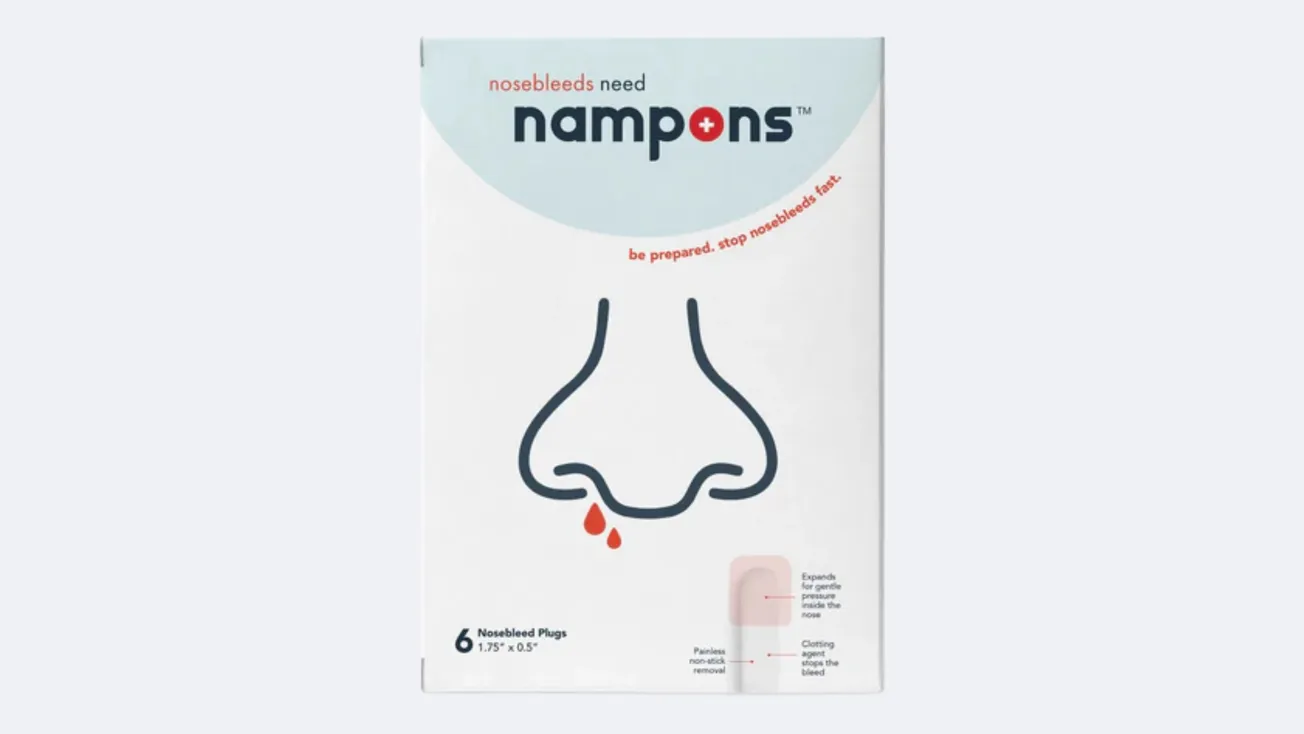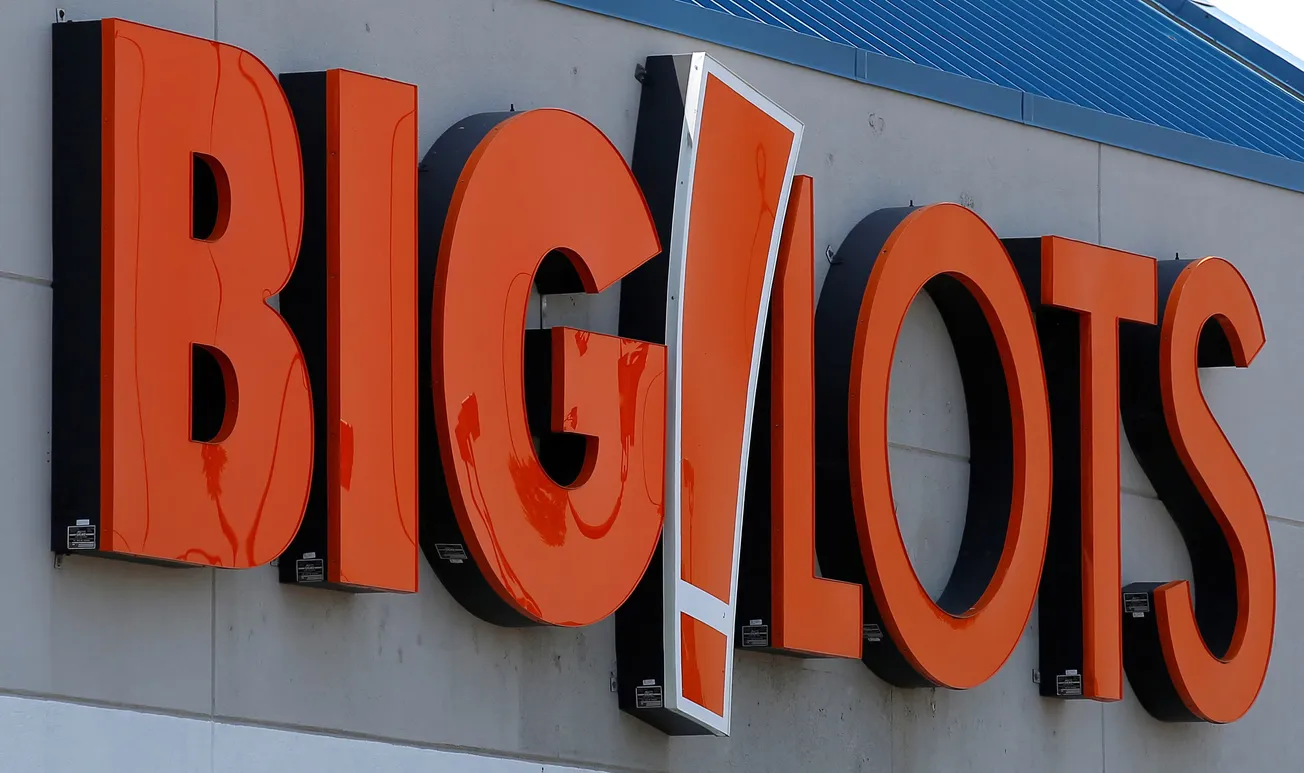Table of Contents
WASHINGTON — The latest edition of the Grocery Manufacturers Association’s (GMA) annual industry report has concluded that the consumer packaged goods (CPG) sector needs to devise new tactics to find growth in a post-recession economy.
The latest edition of the Grocery Manufacturers Association’s (GMA) annual industry report has concluded that the consumer packaged goods (CPG) sector needs to devise new tactics to find growth in a post-recession economy.
The report, titled "Forging Ahead in the New Economy," was conducted for the GMA by PricewaterhouseCoopers LLP (PwC), using interviews with senior executives of GMA member companies as well as publicly reported company financial data, government statistics, analysts’ reports and other published material on 152 companies in the food, beverage and consumer goods sector.
While CPG companies survived the recession by divesting noncore brands, cutting costs and conserving cash, a new approach is needed, including a focus on innovation as well as expansion into emerging markets.
"CPG companies are operating in a new environment, characterized by more cautious, value-driven consumers and volatile commodities," said Lisa Feigan Dugal, North American consumer packaged goods and retail advisory leader for PwC. "It will be tough to succeed using the same tactics employed during the recession. Novel approaches will be crucial — and that includes creating new trade promotions programs for retailers, rethinking how they spend their media dollars, targeting coveted demographic groups like Generation Y with smart social-networking campaigns, reaching customers in more places, and tailoring their products for local customer tastes in emerging markets."
In the United States, the report stated, CPG makers will have to innovate to encourage household spending, particularly in mature categories and to offset spending cutbacks by baby boomers nearing retirement. Consequently, understanding customer priorities will be essential to meet the needs of shoppers, who are buying more carefully, trading down, using volume discounts and buying different pack sizes.
At the same time, emerging markets in China, Russia, Brazil, India and Southeast Asia offer compelling growth opportunities as their middle classes expand and accept brand marketing. Product growth cycles in these markets have accelerated, the report claimed, and the success or failure of a brand launch can now be determined in 12 to 18 months.





